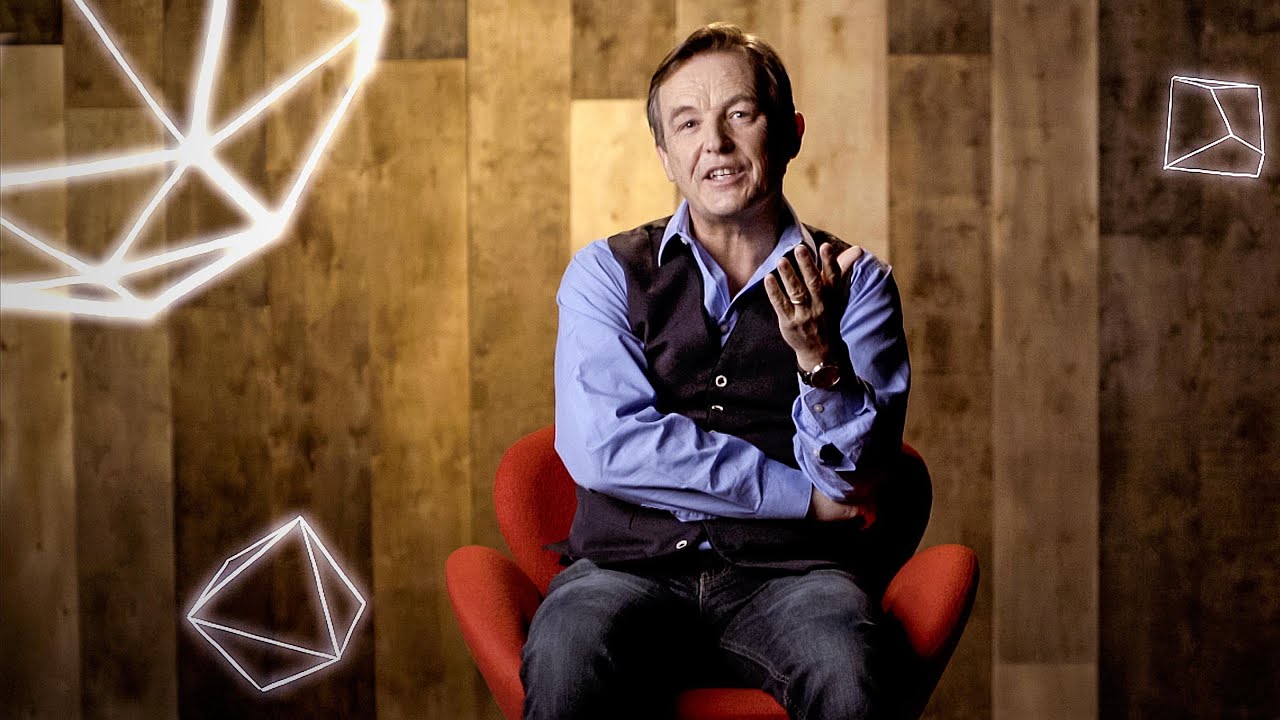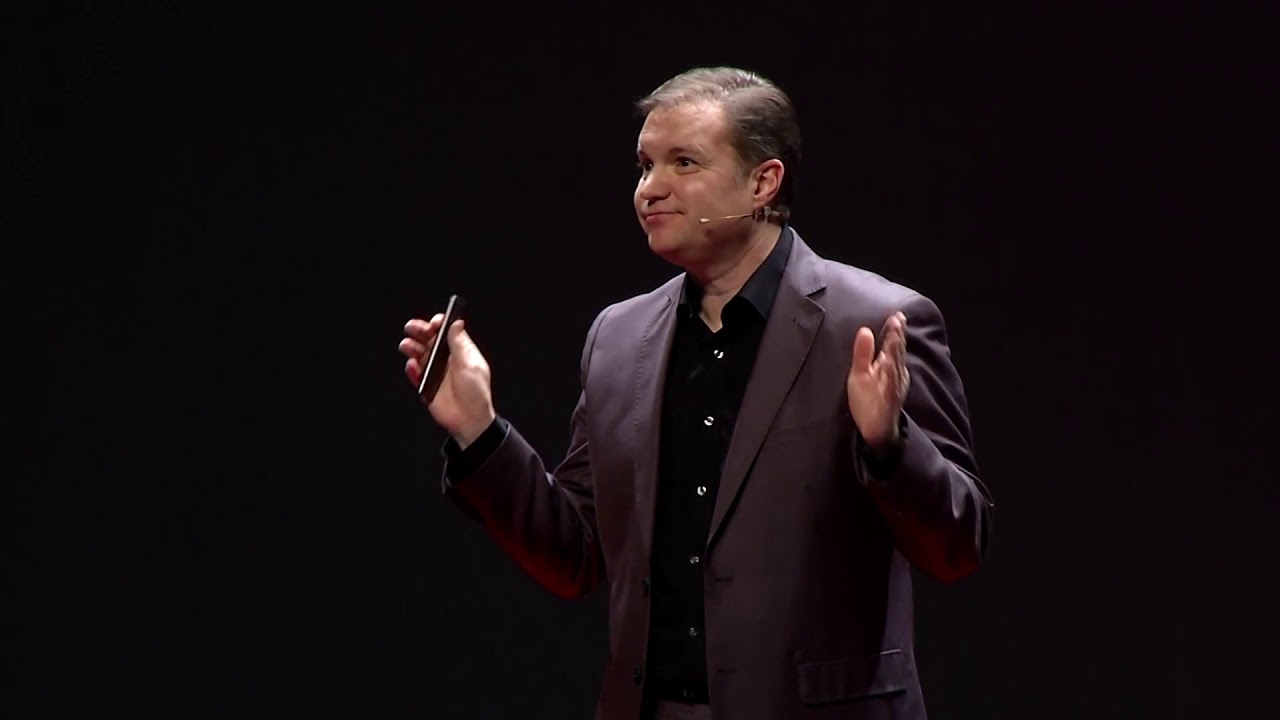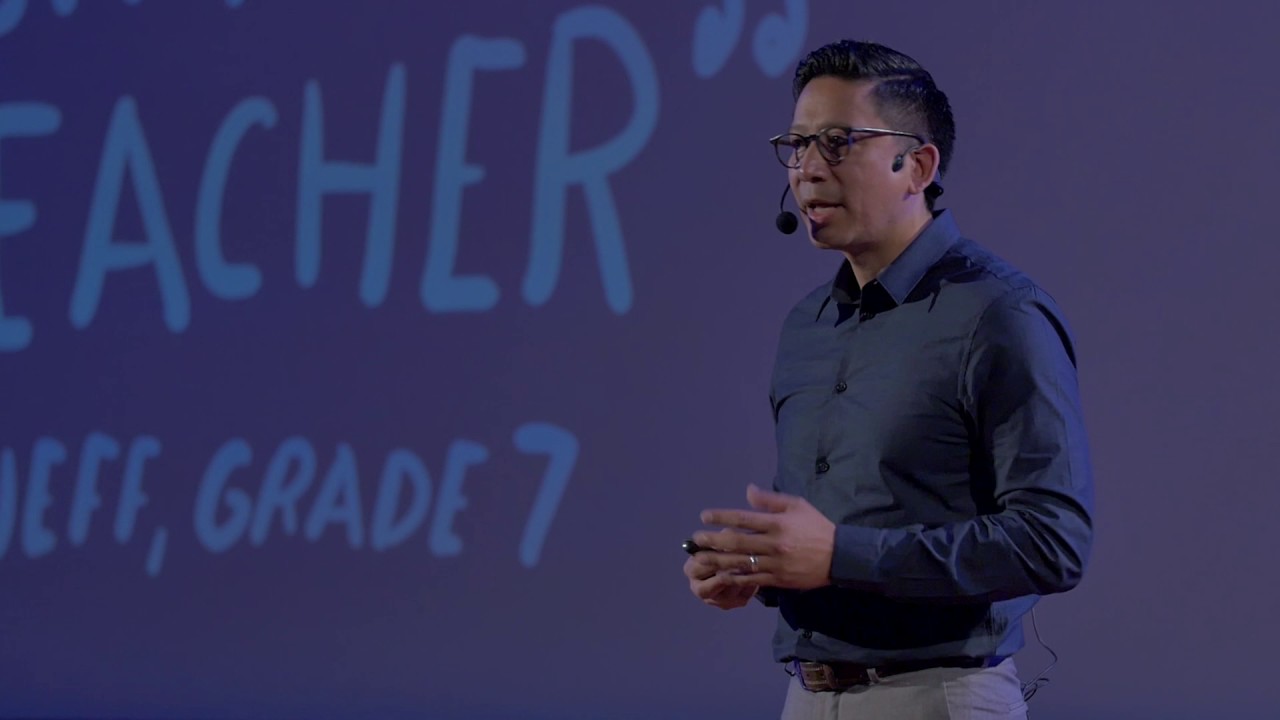In a world where attention spans are dwindling, mastering the art of public speaking—particularly in formats like TED Talks—is an invaluable skill. This TED Talk preparation guide explores essential steps to create speeches that captivate and inspire audiences. Below, we break down actionable strategies used by successful TED speakers, backed by insights from communication experts. By following this guide, you’ll craft a talk that leaves your audience wanting more!

1. Discovering Your Core Message in Your TED Talk Preparation Guide
At the heart of every impactful TED Talk is a clear and compelling core message. Simon Sinek’s famous TED Talk, “Start with Why,” demonstrates that understanding your “why” creates a deeper connection with the audience. It’s like building trust; the stronger your core is, the more likely your audience will connect with you. Take some time to reflect. Ask yourself: What genuinely excites you? What message do you want to share?
Once you’ve pinpointed what matters most, boil it down into a concise one-sentence summary. This will serve as your guiding star throughout your preparation. It’s that simple, yet powerful.

2. Structuring Your Talk: The 3-Part Framework
To ensure your message resonates, implement a three-part framework: Introduction, Body, and Conclusion.

3. Engaging Your Audience: Techniques from Top TED Speakers
Engaging an audience is a critical part of any successful presentation. Great speakers use various techniques to keep their listeners hooked. For instance, Sara Blakely often engages her audience with humor and relatable stories about her journey with Spanx. Here are a few more strategies to elevate your speech:

4. Rehearsing Like a Pro: Guided Practice Strategies
When it comes to preparing your talk, practice makes perfect. The most-watched TED speakers rehearse for over a year, dedicating around 300 hours to nail down their presentations. Here are some effective methods:

5. Mastering Delivery: Techniques to Enhance Your Presence
Delivery can make or break your talk. Pay attention to various elements that impact how your message lands:
6. Handling Nervousness: Strategies for Staying Composed
Even experienced speakers can feel jittery before stepping on stage. Here are strategies to handle those nerves:
7. Continuous Improvement: Learning from Each Engagement
After your talk, seek feedback from your audience. Reflect on your performance to improve for the future. Analyze metrics such as engagement levels and online reactions to understand what resonated and what fell flat. Successful TED speakers evolve their presentations over time, and so should you!
Crafting captivating TED Talks involves dedicated preparation, a solid structure, and engaging delivery. By using this TED Talk preparation guide, you’re on your way to creating a memorable presentation that resonates with your audience. Intentionally applying techniques from seasoned speakers, practicing diligently, and embracing feedback will turn you into a persuasive public speaker capable of sparking change.
If you’re curious about more details on how to enhance your speaking skills, check out our resources on How To land a Ted talk, explore Ted talk success Secrets, or glean Ted Talk Storytelling Tips. Let’s get you on stage where you can share your message with the world!
TED Talk Preparation Guide: Fun Trivia and Interesting Facts
Laying the Groundwork for Greatness
Did you know that the average TED Talk lasts about 18 minutes? Why 18, you ask? Well, this time frame strikes a sweet balance—it’s long enough to be informative yet short enough to keep folks attentive. Speaking of balance, if you’re managing your finances, you might consider using a handy tool like a home finance calculator. Just like crafting a great talk, figuring out your budget requires careful thought and calculation!
Fun fact: TED Talks originated in 1984 as a conference focused on technology, entertainment, and design. Now, these talks span a wide array of topics. It’s a classic case of “you can’t judge a book by its cover.” And while you might think a successful speaker like Collin Rugg has it all figured out, even he started from scratch! Everyone has their journey, right?
Tuning Into the Message
Preparation is key in delivering an impactful TED Talk. Remember the rule of threes? It’s a classic technique in writing and presenting that helps our brains process information better. Plus, practicing often helps ease the nerves—like smoking a pipe, which has been believed to calm the mind. Just think, if you can nail down your key points, your audience will be more likely to remember them long after the applause fades.
And let’s not forget about visuals! A well-placed image can work wonders. Whether it’s a striking graph or a simple quote, visuals can evoke emotions and reinforce your message. For those interested in numbers, organizing your data can bring clarity, and sometimes you might want to consider your interest rates, especially if your finances are involved. You’d be surprised how interest compounded annually can impact your savings, much like how effective visuals can enhance a talk!
So, as you dive into your TED Talk preparation guide, remember that every detail counts, much like the fine print in a legal shield agreement. Keep it engaging, keep it concise, and who knows? You might just walk away as the next TED star, captivating audiences one talk at a time!

How to prep for a TED talk?
Prepping for a TED Talk means you gotta nail down your main idea and gather solid evidence to back it up. It’s all about keeping it engaging, concise, and clear so the audience can connect with you. Practice is key here—getting feedback and refining your delivery helps you shine on stage.
What is the 18 minute rule for TED Talks?
The 18-minute rule for TED Talks keeps things short and sweet. Talks shouldn’t run longer than 18 minutes; this format grabs the audience’s attention without overwhelming them. Some talks are even as brief as 5 minutes and are still super impactful!
How to structure your TED talk?
Structuring your TED Talk is like building a house. Start with a strong introduction of your main idea, followed by solid evidence to support it, and wrap it up with a punchy conclusion. Keeping it simple and focused will help the audience follow along easily.
What is the TED talk rule?
The TED Talk rule is simple—keep it under 18 minutes. Talks that go over this time limit will get reviewed by the TEDx team and might not make it to the YouTube channel. So, stick to the time limit to ensure your message gets out there!
What are the 7 steps to write a TED talk?
When writing a TED Talk, follow these seven steps: choose a great idea, craft a catchy opening, build your case with evidence, tie it together with a strong conclusion, practice it out loud, get feedback, and finally, polish it up for that big day.
Do TED Talks have to be memorized?
TED Talks don’t have to be memorized word for word, but it helps to know your material really well. Being familiar with your content will give you the confidence to stay on track and engage with your audience without sounding robotic.
How long does it take to prepare a TED Talk?
Preparing for a TED Talk generally takes someone several months. Some speakers put in a ton of hours—like 300!—to rehearse and refine their delivery, so start early and give yourself plenty of time.
How do you start a TED Talk example?
A good start for a TED Talk could be a personal story, a thought-provoking question, or a surprising fact that relates to your main idea. You want to grab their attention right from the get-go and make them eager to hear more.
What is the rule of three talk like Ted?
The rule of three in a TED Talk means grouping your content into three main points or sections. This pattern helps audiences remember your message better and keeps the talk organized and flowing smoothly.
How do you introduce yourself in a TED talk?
When introducing yourself in a TED Talk, keep it brief. Start with your name, share a little about your background, and then smoothly segue into your main idea. You want to connect with the audience but also dive right into what you’re there to share.
What is the difference between TEDx and TED Talks?
The main difference between TED and TEDx Talks is the level of organization. TED Talks are from the main TED conference, while TEDx Talks are independently organized events that follow TED’s guidelines. Both serve to spread ideas, but they come from different platforms.
How do you pitch yourself for a TED talk?
To pitch yourself for a TED Talk, start by crafting a concise and compelling outline of your idea. Show how your talk aligns with TED’s mission of sharing transformative ideas, and don’t forget to highlight your expertise and passion for the topic.
What not to do in a TED Talk?
What not to do in a TED Talk includes going over time, using jargon, or reading directly from a script. You want to connect with your audience, not lose them with complicated language or a dry delivery.
What is the golden rule TED?
The golden rule of TED is to share ideas worth spreading. Your talk should aim to educate, inspire, or provoke thought in a way that resonates well with the audience, encouraging them to take action or rethink their perspectives.
What is TED short for?
TED stands for Technology, Entertainment, and Design. It’s all about bringing together diverse and innovative ideas across these fields to inspire and engage audiences around the world.
How long do people prepare for TED Talks?
People generally prepare for TED Talks over several months, with many spending around 300 hours honing their material and practicing. Giving yourself enough time to prepare leads to a more confident and effective presentation.
What are the requirements to do a TED talk?
Requirements for doing a TED Talk typically include having a compelling idea that fits TED’s mission, keeping your talk under 18 minutes, and being able to effectively communicate your message. Each TEDx event may have its own specific guidelines too.
How to rehearse for a TED talk?
Rehearsing for a TED Talk should involve practicing in front of live audiences, recording yourself, and getting feedback. The more you practice, the more natural you’ll feel on stage, and it’s a great way to refine your delivery and timing.
What is a good introduction for a TED talk?
A good introduction for a TED Talk should hook your audience right away—maybe start with a powerful statistic or a relatable story that sets up your main idea. You want people to sit up and think, “Wow, I want to hear more!”

















